IPEM Cannes 2024 – The Daily Spin – January, 25th
The shifting role of LPs was the overarching theme for the morning session of Day 2, at the 10th edition of IPEM in Cannes. After a full day of yoga,…
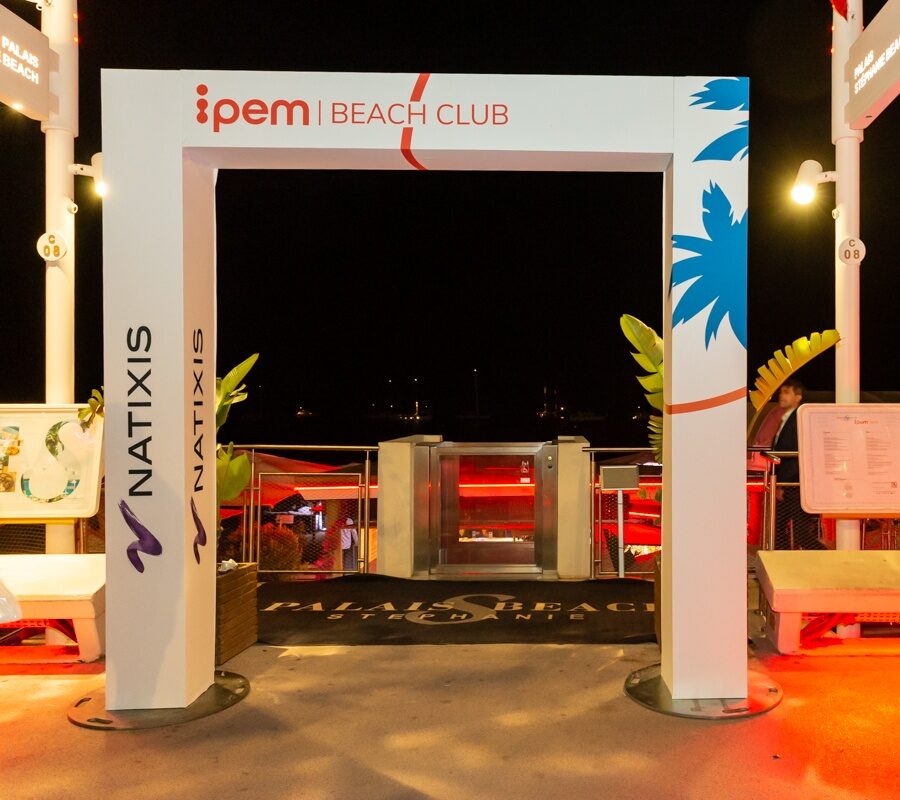
Democratisation, GP expansion and hyper-specialisation feature on Day 2 of IPEM 2022
Europe was the focal point of discussion during the morning session at Day 2 of IPEM 2022, as investors provided an array of insights on the trends and opportunities developing across the region.
A macro view of Europe
At a macro level, while the investment landscape is getting more challenging, GPs are staying on top of the big issues. In their view, the role of governments, regulators and fintech firms will be crucial in Europe’s ability to further build out its technology industry, and in turn, further grow the region’s venture capital industry.
“Capital markets for tech have developed. However, other problems like inflation, energy prices, war and supply chain disruption are an issue to the fundamentals. There are lots of reasons to be pessimistic but I am optimistic,” remarked George Osbourne, Co-Founder of 9Yards Capital.
US investors are increasingly looking at Europe to prosecute deals, with Invest Industrial Founder and Chairman, Andrea Bonomi, suggesting that “for Americans, now is the best time to invest in Europe”. Pension plan investors, including the Ontario Teachers’ Pension Plan, are concerned about inflation, which remains the most important factor when assessing opportunities.
Certainly, the war in Ukraine has changed the focus and priorities of Europe. After decades of globalisation, the current US/China decoupling is leading to deglobalisation which will be beneficial for Europe. “Tikehau is very well plugged in to European capitals and this is essential to have the best access on the continent,” commented Thomas Friedberger, Deputy CEO of Tikehau Capital.
Building a bigger footprint
The theme of GP expansion – both in Europe and globally – was explored in some detail today. On one panel session, “Pan European Firms and Keeping Their Ear to the Ground”, managers discussed how PE’s growing LP base has meant that they no longer want domestic funds but regional, and global funds, to benefit from diversification. In Europe, the traditional PE model has been just that…domestic focus, regional focus, global focus. Xavier Robert, Partner and CIO at Bridgepoint, compared this to the US model, which has historically been organised by sectors. Over the last 10 years, as more US GPs have come to Europe, the two models have competed.
“Today, to be successful you have to play both ways, and combine sector expertise with local expertise,” said Robert. He added that at Bridgepoint, they have created a “one team” culture where everyone from senior management needs to spend at least six months in a different European office. “At Riverside, we have separated our European presence in to five regions where we combine local leadership and sector expertise,” added Karsten Langer, Managing Partner, Riverside Europe.
When discussing how European GPs go global, Luke Finch, Partner and Head of Client Services Team, HG, explained that the firm’s decision to open an office in the US was not to compete with the local giants “but to have deals in very specific situations”. This was clearly expressed to LPs who were at first concerned.”
Other reasons for European GPs to expand globally included:
Klas Tikkanen, COO at Nordic Capital, highlighted that the reason for opening a US office came on the back of an add-on investment in healthcare and that it no longer made sense to keep flying people to the US. He said the big challenge when entering a new region is attracting local talent: “We struggled at first but now we have a reputation in New York thanks to recruiters and word of mouth.”
Top 5 trends to watch
A session on the top 5 trends to follow in private markets sparked a lively debate as the morning progressed. In brief, these trends include:
Hyper-specialisation
The end of the morning switched to debates on strategy, including sector funds and Buy and Build strategies. One of the key takeaways on the former strategy is that provided there is sufficient deal flow, the more GPs can focus on a sector, and a company’s growth stage in that sector, allowing them to become more “hyper-specialised”.
From an investor’s perspective, Cameron Payne, Vice President at Hermes GPE, warned that “sector funds get unstuck” when they invest across sectors and “take on too much regulatory risk. GPs need to have a granular view on where they want to invest.”
Discussing Buy and Build strategies, panellists spoke of the need to focus on success factors including integration, and the ability to build M&A capabilities in each platform company. “The majority of returns for us are driven by revenue and EBITDA growth. People, process and culture are also important,” said Stephane Etroy, Partner, Head of European Private Equity, Ares Management. He added that the time for cheap debt is over and that GPs need to create value “from the core of the company”.
More target companies are open to conversations in respect to potential add-on acquisitions, which makes this an interesting time, concluded Charles Fleischmann, Partner, Trilantic North America.
Asia and North America summits take centre stage
IPEM delegates were also treated to a series of Summit sessions covering Asia Pacific and North America.
The International PE Summit Asia – Gaining access to Asian capital – covered key themes on the investment environment, raising capital from Asian LPs, and ESG considerations.
In China, home to a burgeoning technology sector, there are now 2,000 venture funds. While there remain liquidity constraints, progress is being made. Beyond the IPO market, an increasing number of secondary transactions are happening, with mid-market sponsors selling other mid-market or large-cap sponsors.
In other markets, such as India, investors need to be aware of the risks of paying high EBITDA multiples. This requires forensic focus on valuation and a very clear exit strategy. Southeast Asia is home to a number of maturing markets, with VC and early growth opportunities emerging in countries like Vietnam, which shares similarities to China 20 years ago, in respect to level of risk.
For GPs wishing to raise capital in the region, there is no single playbook to follow as the region is so diverse. Some investors will want to know the GP personally before investing. In China, convincing people to invest in funds where deal flow is not confirmed, and where LPs do not do diligence, is difficult. Also, Asian investors need to get to grips with fact that European GDP grows slower than in Asian markets. High growth sectors e.g. climate / green tech are likely to be favoured.
Placement agents are very helpful to break in to different regions of Asia Pacific, especially in countries like Japan and South Korea, where they speak the language and understand the cultural nuances. For example, in Japan, offering co-investment deals straightaway to potential investors can come across as desperate.
On ESG issues, Asian investors are aware of them but for many it is not key to the investment case. The key takeaway for GPs on this is not to spend too long talking about it as Asian LPs are predominantly returns-focussed.
The second summit on North America discussed that while valuations are coming down, GPs increasingly see good opportunities to take companies private in the UK, Israel and Australia – in particular “fallen angels”.
In North America, lenders are pulling back at least half a turn on the leverage side, which is lowering multiples and requiring more equity to push buyout deals over the line. The session discussed why lower multiples are welcome, particularly in the lower middle market where GPs can add value operationally, as opposed to generating returns from financial engineering. By focusing on value creation and scale, this can be a way for GPs to offset inflationary and interest rate pressures, which have risen significantly in 2022.
Exit strategies, sector insights and a whistle stop tour of Europe’s private equity marketplace
Selling portfolio companies to larger private equity sponsors that have the size, the resources and scale to take them to a global stage is still the preferred exit route among European mid-market GPs. Speaking on this topic during the afternoon session of Day 2 of IPEM 2022, Jean Eichenlaub, Managing Partner, Qualum Investissement, used a sports analogy to describe his firm’s aim of selling portfolio assets to larger GPs that can take them “into the Champion’s League”.
The second preferred route is to sell to strategic players, such as industrial partners. The IPO market, at least in France, remains the most unlikely exit strategy. As GPs consider their options on how and when to divest portfolios, other options such as PE secondaries are also gaining traction. “LPs want liquidity, and the PE deal team want liquidity (from carried interest),” remarked Nicolas Brugere, Partner and Head of France, EQT Partners.
For GPs who choose to not exit, and decide to roll a highly prized asset over into a continuation fund, the risks are that much higher as LPs wait longer to access liquidity. “You’d better not fail because you will be criticised more than you would have for choosing to not sell traditionally,” said Jean Eichenlaub.
One interesting panel session, entitled “Minority Equity Deals – A magic formula for the European economy?” looked to dispel the myth that taking minority stakes in companies makes it very hard to exit. In reality, it is all about alignment of interest. But while there are many virtues to pursuing minority equity deals in Europe, the current market environment is not helping. GPs are being hit with a three-pronged challenge: increased interest rates, inflation, and rising geopolitical tensions: a theme that has been referenced over the course of the last two days.
Over the last few years, Technology and Healthcare have dominated buyout activity and been the main contributors to the strong performance of private equity. One of the industry’s early technology pioneers is Silver Lake. Speaking about its approach to investing, Silver Lake’s Managing Director and Co-Head EMEA, Christian Lucas, referred to the firm’s focus on DeepTech and tech enablement i.e. investing in businesses where being good in technology helps scale faster. Technology stock valuations have been hammered this year, in the US, China and to a lesser extent in Europe.
Jean-Pierre Saad, Partner, Private Equity, KKR, said “we are in a transitory period. The market is still pricing solid companies well.” But he warned that as interest rates go up, and everyone competes for the same customer, valuations drop more, businesses reduce spending more, which leads to slower growth and valuations fall further still. “Revenue growth a good market trend but not a success factor for investment. That is driven by cash flow,” said Lucas. In his view, GPs who invest in building a hybrid management and operational relationship with management teams are going to be successful.
Saad made the point that more competition in Europe is good, as the market expands for software and SAAS companies. He also referred to energy transition, which will rely a lot on technology over the coming years.
As for the other dominant sector, healthcare, the feeling among GPs is that a lot of these companies have inefficiencies. Therapeutics, tech-enabled healthcare services and medical devices are a few areas that Neel Varshney, Founding Partner at Patient Square Capital, said the firm was taking a long-term view on, adding: “Now is a great time to participate in healthcare investment.” Such is the diversity of choice within this space, GPs can afford to take their time and pick their spots, with Covid-19 and technology having combined to accelerate even greater innovation in healthcare over the last few years. Valuations have largely remained resilient. “GHO is willing to pay higher multiple for growing assets as we are neither a value nor a turnaround investor,” commented Alan Mackay, Managing Partner and Founder, GHO Capital.
Other sessions in the afternoon focused on investment opportunities in niche private credit strategies beyond mid-market direct lending – including litigation finance, unitranche lending to SMEs (less than EUR10 million in EBITDA) and the growing trend of GP staking; an important consideration for partners as the size of fund vintages increases, requiring the need to access higher amounts of capital. Anthony Maniscalco, Managing Partner, Investcorp Strategic Capital Group, noted that the majority of capital it raises for pursuing GP stake deals comes from “insurance companies and fair amount from UHNW individuals”. Tiffany Johnston, Managing Director at Blue Owl Capital, confirmed that “25 to 30% (of capital) comes from private wealth channels. We get a share management fees, and in this environment, it is uncorrelated to other things.”
A whistle-stop tour of European jurisdictions was also conducted on Day 2, providing delegates with an array of insights into how different countries are evolving their private equity markets. Below is a brief summary of the main points that were covered during those sessions:
France
The country has access to a deep SME market and the French government has been supporting companies in growth technology. The growth equity market is getting very crowded and is very much “in demand” so investors need to be mindful of this. In VC, France has enjoyed a record fundraising year YTD in 2022. This has been helped by the fact that talent is choosing to remain in France rather than travel overseas. President Macron has also overseen an effort to attract talent to France. The message to large corporations is: Sign more contracts with start-ups. It is how you drive change.
Germany & Italy
Germany has everything to make a successful PE market: management teams, dry powder, talent, institutions, while in Italy – home to many family-owned businesses – Buy and Build strategies have proven to be highly effective.
Benelux
Benelux has little access to secondary funds/transactions. While the Dutch market is more commoditised and PE-like, Belgium’s marketplace is, by comparison, somewhat less sophisticated.
UK
The UK is home to a strong pool of entrepreneurial talent; an advantage it will need to hold on to in its post-Brexit guise. In that regard, the UK’s private equity market plays an important role providing capital to both start-up entrepreneurs and more established SMEs. Inflation is shockingly high, which is a concern for private market participants in the UK, but this is not likely to result in an asset bubble bursting, as was seen in dot.com crash and in the housing crisis in 2007/8. Tom Wren of ECI Partners said the value of corporate divestments in private markets has been very important: “If you don’t need to raise right now, you are in a good position.”
Nordics
Well known for private equity, private debt is also now growing a lot in the Nordics. In VC, there have been more tech unicorns per capita coming out of Scandinavia than anywhere else in the world, except California. Comprising four distinct markets – with Sweden being the largest – for those looking for growth, it is necessary to cover each one of them. ESG is a major focus among investors in the Nordics and the expectations are that, over the medium term, interesting opportunities will arise from the energy crisis, creating ideal conditions for the necessary innovation that needs to follow. In respect to EV penetration, Norway is currently the number one market in the world.
Central and Eastern Europe
There is a lot of interest in the region but this is not an easy time with such close proximity to the war in Ukraine. The CEE region has long been getting ready for such disruption and is adapting to the situation next year. As more data and tech-focused ventures launch, the CEE region is already attracting new talent. Ukraine has very well developed IT talent that CEE countries are developing recruitment strategies to bring them over the border to further strengthen their tech talent pool.
Summit Sessions
Secondaries Summit
The PE secondaries market has been resilient in 2022, building on strong momentum seen at the end of last year, despite mulitple headwinds. Dry powder now totals approximately USD225 billion. Much of the activity is driven by LP-led deals although there remains demand for GP-led deals as well. They are no longer a dirty word. Discounts are back, which the markets have not seen from some time. The market still needs more sophisticated investors bringing in capital to the GP-led market. Some 84% of trades in this GP market are into continuation funds. Returns for such deals vary, depending on the underlying asset, but mid-teen net returns should be realistic (20% gross). Credit secondaries is now emerging and beginning to gather some momentum, with distressed debt secondaries typically returning 15%, compared to 5 to 10% for direct lending/senior debt secondaries. In terms of growth outlook, credit secondaries could be set to become a USD50 billion market in the next two to four years.
New Manager Meetup Summit
Last year was a record year for fundraising among first-time fund managers. Collectively, they represented 8% of global private equity capital raised in 2021, rebounding strongly on 2020. In the current environment, LPs are favouring re-ups with established managers with whom they already have a trusted relationship, making this a more challenging period for first-time funds. That said, first-time funds are getting larger in size, on average, in Europe while the number of funds is declining; down to 25 funds launched in 2021 compared to 46 funds in 2019. Team quality is a vital consideration for LPs and they need to be “mindful of the dynamics”. Tips for new managers include:
1) Focus on great deals and get them done
2) Understand LPs perspective: it’s not just about ROI but also ROT (return on time).
3) Find a partnership approach. Have open discussions with prospective LPs and keep an open mind
4) Pick your deals carefully – nobody wants a bad first deal
5) Consider co-invests; it’s an easier option for LPs
During this 3-Day Event, IPEM is running Interviews in the TV Studio Area.
Sponsored by: DLA PIPER, PALICO, SWEEP
In Partnership with: REAL DEALS / THE DRAWDOWN
Thank you to all IPEM SPONSORS of the Day!



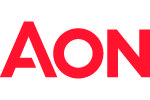
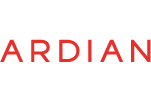
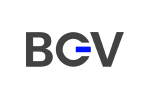
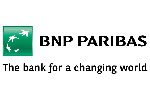

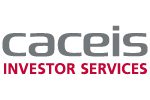
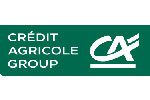
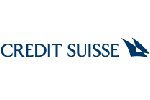
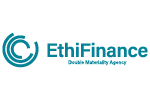
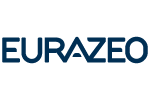
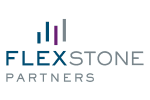
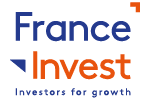
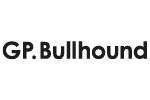
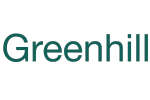

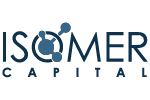
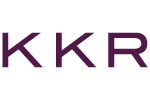
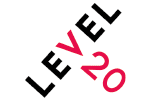
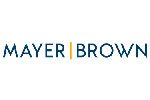
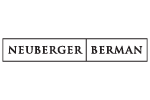
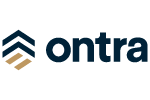
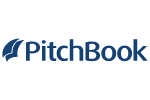
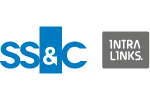
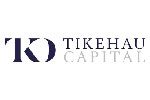
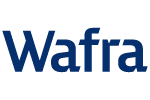
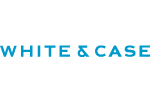
The shifting role of LPs was the overarching theme for the morning session of Day 2, at the 10th edition of IPEM in Cannes. After a full day of yoga,…
Fill-in the information below to submit your event.
Fill in the information below to download the Survey.
Fill in the information below to download the Product Catalog.
Fill in the information below to download the Investor Package.
Fill in the information below to register as a journalist.
Fill in the information below to download the Factsheet.
Fill in the information below to download the Product Catalog.
Fill in the information below to download the list of firms.
Fill in the information below to download the LP Package.
Fill in the information below to download the Factsheet.
Fill in the information below to download the Wealth Discovery Package.
Fill in the information below to download the IPEM Playbook – Navigating the Wealth Revolution.
Fill in the information below to download the Factsheet.
Fill in the information below to download the Full Report.
Fill in the information below to download the Product Catalog.
Fill in the information below to download the IPEM LP Package 2025.
Fill in the information below to download the Program.